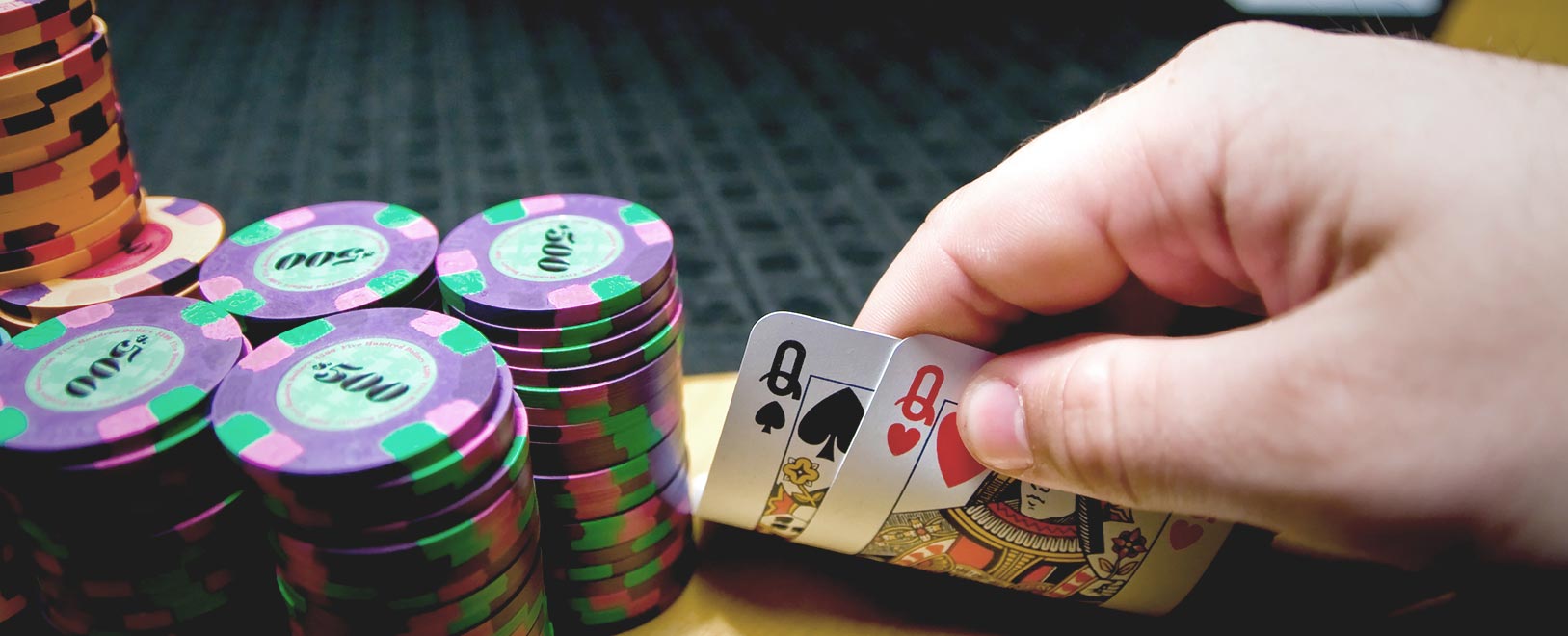Texas Hold’em Strategy Fundamentals
It's amazing how Texas Hold'em has become the No. 1 poker game on the planet. People have been playing “The Cadillac of Poker” for over 20 years here at Bodog, and the game is only getting more popular. It's even more fun when you're winning, so if you want to win more often, you need a solid Texas Hold'em Strategy.
That's where we come in. In this simple guide, we'll lay out a basic approach and strategies for beginners and intermediate players that will help you play Texas Hold'em poker like the pros do. It doesn't take long to become good at Hold'em, but if you want to achieve greatness, keep studying and practicing, and build on the best poker fundamentals you'll learn right here.
Texas Hold’em Rules
Before you play any real money Texas Hold’em, you understand the basic rules of the game correctly. We've got you covered with all the rules here at Bodog Poker; browse our articles for more details about how Hold'em and other game types are played. You can still play poker while you're getting used to the rules, but we recommend you try some Play Money games first before diving into real moneyTexas Hold’em poker tournaments and cash games.
Know Your Position
Position means two things in Hold'em: Which seat at the table is yours, and whether you go first or last when it's your turn. Both of these things are very important to know. If you're in early position at the table, you'll want to have a premium hand of cards if you're going to enter a pot, since everyone who's in late position will have the chance to fight back. And in Hold'em poker, it's almost always best to go last, which we call “having position” on your opponents. This is why the button (one seat to the immediate right of the blinds) is the best seat at the poker table – you'll always be in position post-flop.
When to Check-Raise in Poker
If you do find yourself out of position when the flop comes, you'll usually want to play it cautiously by checking instead of betting. But don't mistake caution for weakness; if you check and your opponent bets, you will often want to follow up by putting in a healthy raise. Generally speaking, the best times to check-raise are when you have a strong hand, or when you have a good semi-bluffing hand that can win at showdown if your opponent doesn't fold on his hand.
Narrow the Field
Elements of game theory have been used for decades to help players win the biggest Texas Hold'em poker payouts possible. But to make the most of these strategies, you'll want to be facing a single opponent. Poker is a much simpler game to figure out from a strategic perspective when it's just two players. If you find yourself in a multi-way pot, you'll have fewer opportunities to run bluffs and force your opponents off their hands.
Understanding the Flop
Aside from your two hole cards, the three community cards on the flop will be the first cards you see during a poker hand. Learning how to “read” these cards is critical to your Hold'em game success. Are the cards high or low? Is there more than one card of the same suit? Are the cards connected or not? These are the three most important things to look for in a flop; with this information, you can make better decisions about your game play.
Play Smart on the Turn and River
The pot in Hold'em usually gets bigger with every street, so if you want to win at poker, you'll need to keep your cool as you approach the turn and river. Keep in mind that whatever plan you had pre-flop can change dramatically on the flop, depending on which three cards come out; the same is true for the turn card and the river card. Don't “get married” to your hand at any point – be prepared to fold if the turn or river don't bring you the cards you need.
Calculating the Odds
There's a lot of math in Hold'em poker, although most of it is simple arithmetic. Being able to calculate pot odds is incredibly important in poker; if the pot is $100, and your opponent bets $50, that means you have pot odds of $150/$50, or 3-to-1, if you want to call that bet. $150 is the new size of the pot (including your opponent's bet), and $50 is the size of the call you'd be making. Once you do this math, you'll have a better idea whether your hand is strong enough to make that call in the game.
Learn Starting Hands
While the pots in Hold'em poker are biggest once you get to the river, pre-flop is actually the most important street to get right. A small error here, like opening with a weak hand, can cause you to lose a lot of money at showdown. One way to avoid this is to learn pre-set ranges of starting hands for every position at the table. This is like having a set of training wheels on your first bike; once you find your balance, you can remove the wheels and adjust your starting ranges to account for your opponents' tendencies.
Be Aggressive
In the end, the best Texas Hold’em poker strategy boils down to these two words. If you focus on bets and raises rather than checks and calls, you give yourself two ways to win the game: By making your opponents fold, and by making the pot bigger for when you do have the best hand. This is how Doyle Brunson made most of his money back in the day – and it's how all smart players profit in the long run. Be one of those players; bet with “selective aggression” in position, stay fearless at the table, and most importantly, keep working on getting better at Hold'em poker.
